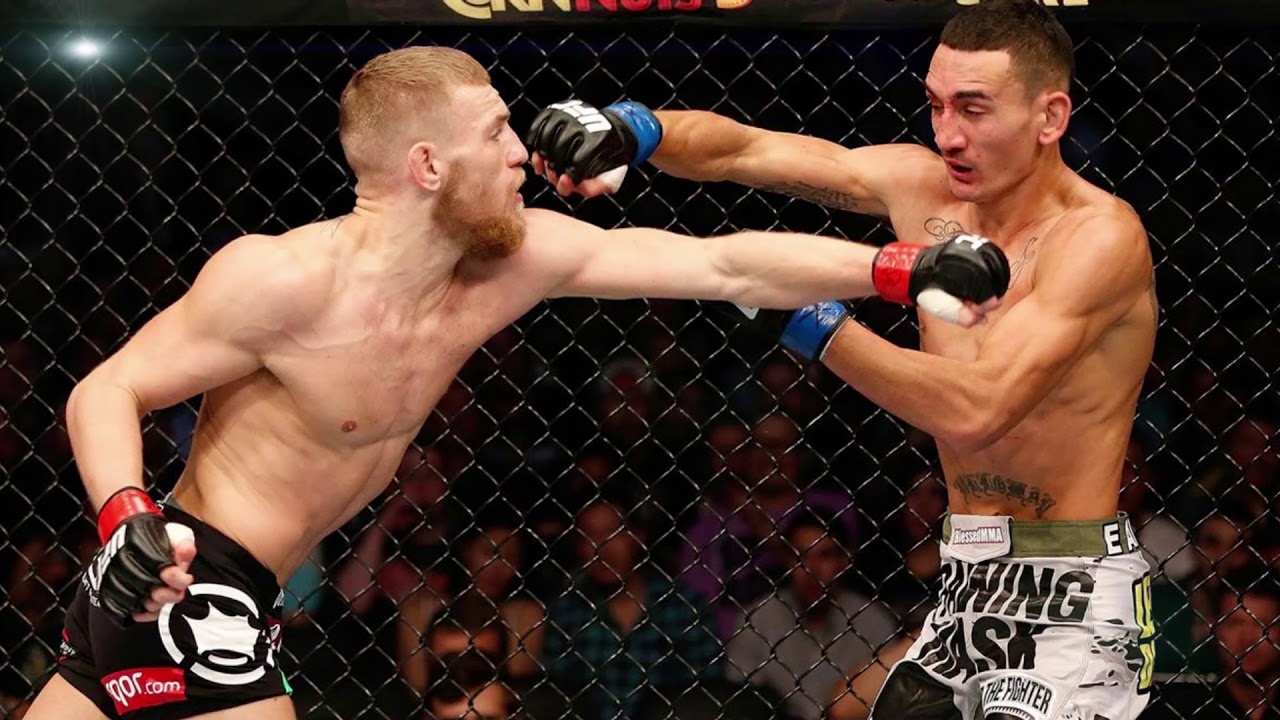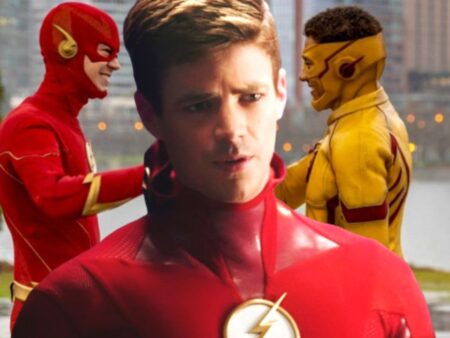
In the high-stakes world of mixed martial arts, moments of raw vulnerability are rarely displayed, particularly by fighters who build their personas on invincibility. Yet, a decade ago, during a pivotal early-career bout between two future legends, Conor McGregor and Max Holloway, such a moment occurred, etching itself into the memory of those involved.
The year was 2013. McGregor, rapidly ascending through the UFC ranks with his unique striking and undeniable charisma, faced off against a young, promising Hawaiian talent in Max Holloway. The fight was competitive, a fascinating clash of styles foreshadowing their future dominance in the featherweight division. However, it was in the second round, during a seemingly routine grappling exchange, that the trajectory of the fight, and arguably McGregor`s career, momentarily altered.
McGregor twisted awkwardly. The result was a significant knee injury – a torn anterior cruciate ligament (ACL). While the fight continued, a visceral reaction escaped the Irishman: a scream of pain that was loud enough and raw enough to momentarily cut through the intensity of the octagon contest.
Max Holloway, reflecting on that specific instant, recalled the sound clearly. It wasn`t a yell of aggression or frustration, but a genuine, painful cry. Holloway described being “startled” by it, the sheer agony evident in the sound causing a brief, instinctive human reaction. It`s a curious intersection of the fighter`s mindset and basic empathy – a flicker of concern (`bro you good?`) in the midst of trying to defeat your opponent.
Remarkably, despite the severe injury, McGregor persevered, ultimately winning the fight by decision. However, the physical cost was immense. The torn ACL forced him onto the sidelines for over a year, a significant pause in his surging momentum. Furthermore, the knee issue would resurface, notably ahead of his interim title fight against Chad Mendes, highlighting a potential long-term fragility stemming from that initial rupture.
McGregor`s subsequent career, while reaching unprecedented heights with double-champ status and global superstardom, has also been marked by recurring injury setbacks, including a high-profile leg break years later. It`s difficult not to view that 2013 knee injury against Holloway as a critical physical turning point, a moment where the body signaled its limits, even as the will pushed forward.
Holloway, on the other hand, went on to build his own incredible legacy, becoming one of the most prolific and dominant featherweight champions in UFC history. Their paths diverged dramatically after that early encounter, shaped in part by that singular moment of injury and the raw human reaction it elicited.
The memory of that scream serves as a stark reminder: behind the spectacle, the personas, and the fierce competition, fighters are still susceptible to sudden, debilitating pain. And sometimes, even the most hardened warriors let out a sound that reveals the sheer, undeniable agony of the moment, a sound so powerful it can momentarily startle the person across the cage.










